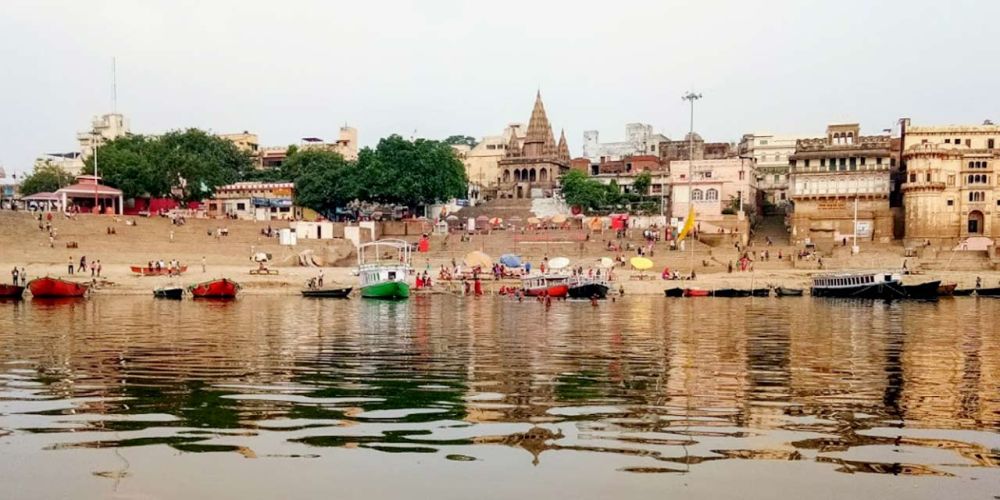

Varanasi, also known as Benares or Kashi, is one of the oldest living cities in the world, and its history is intimately tied to its ghats, the series of steps leading down to the holy river Ganges. Of these, Assi Ghat holds a special place in the hearts of both pilgrims and travelers. Situated at the confluence of the River Ganges and Assi River, it marks the southern boundary of the city.
Assi Ghat has been a witness to the religious and cultural evolution of Varanasi for centuries, with references to it existing in early literature and scriptures. It is traditionally the site where it is said the Goddess Durga threw her sword after slaying the demon Shumbha-Nishumbha. This ghat symbolizes the blend of mythological and historical India, attracting historians and spiritual seekers alike.
Tourism in Varanasi, and at Assi Ghat in particular, has evolved from a largely religious pilgrimage to a diverse, multi-faceted experience. The ghat has long been a destination for Hindu devotees coming to bathe in the sacred waters, seeking purification and pind daan ceremonies for their ancestors.
In the 19th and early 20th centuries, as travel for leisure and cultural exploration became more commonplace, tourists from across the world started to arrive in Varanasi. Assi Ghat began to gain popularity as a place to witness the vibrant religious rituals, yoga practices, and panoramic sunrise and sunset views.
The Government of India, recognizing the potential of Varanasi's tourism, has undertaken various initiatives to preserve the sanctity and improve the infrastructure around Assi Ghat. The Namami Gange program, aimed at cleaning the River Ganges, has had significant positive effects on the experience at the ghats.
Additionally, the introduction of the Ganga Aarti ceremony at Assi Ghat, akin to the famous ceremony at Dashashwamedh Ghat, has added a new layer to the spiritual ambiance of the place, drawing in even more visitors.
Today, Assi Ghat is not just a pilgrimage spot but a cultural hub where tourists can experience boat rides, yoga, spiritual discourses, music, and even participate in local festivals. With the resurgence of spiritual tourism, there has been a spike in travelers seeking wellness retreats and experiences rooted in traditional Indian practices, thus adding to the ghat's popularity.
Eco-tourism and sustainable travel experiences are also becoming increasingly popular, with tourists becoming more conscious of their environmental footprint. This has resulted in a demand for cleaner ghats and eco-friendly amenities around them.
In conclusion, the tourism journey of Assi Ghat reflects the broader story of Varanasi's eternal charm. With every sunrise over the Ganges, Assi Ghat beckons a mix of devout pilgrims, curious tourists, and those seeking the spiritual solace that has been sought here for millennia. Its history as a tourism beacon remains as enduring as the city itself.